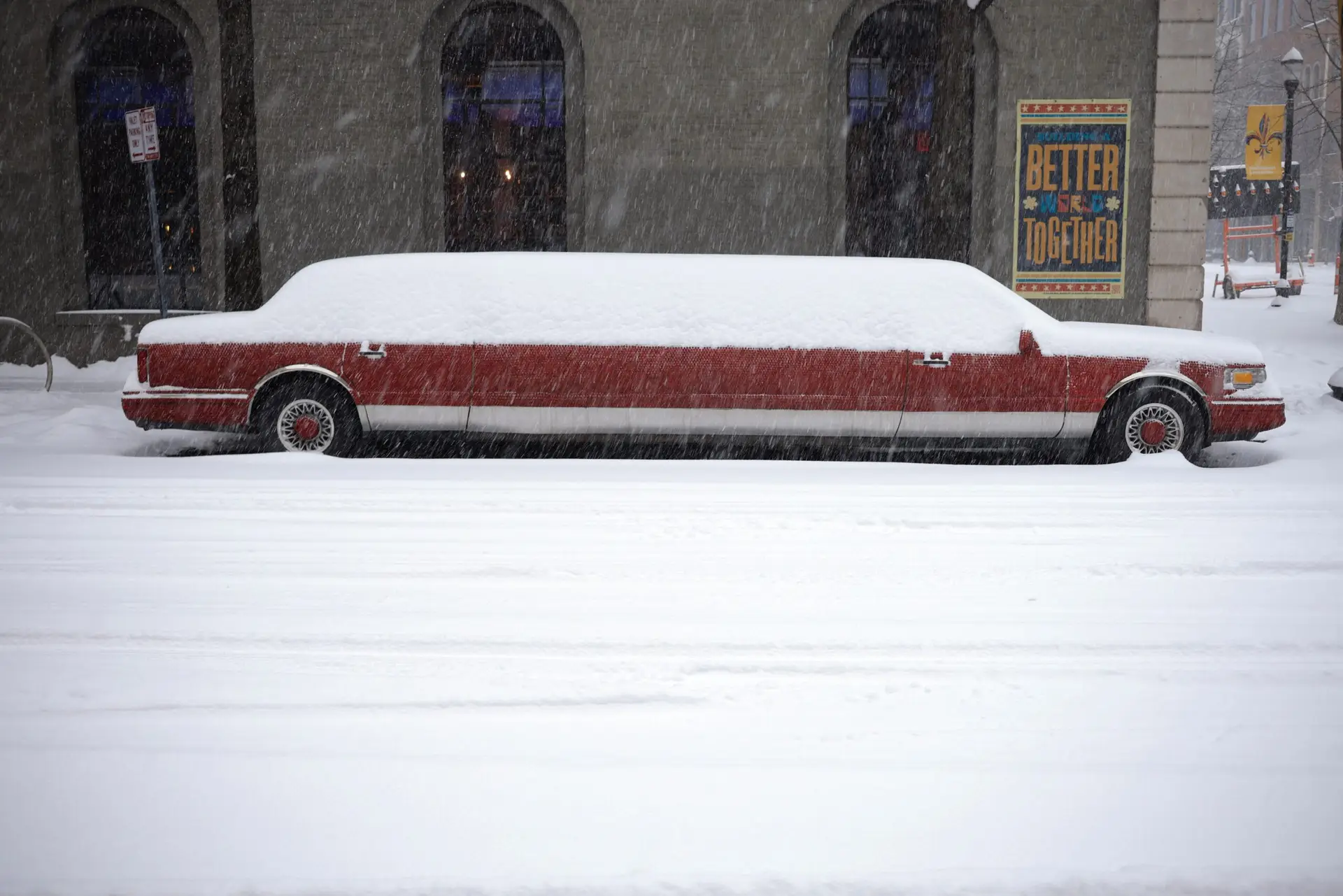Stay informed about the latest winter storm updates, snowfall forecasts, and essential safety tips to protect yourself and your family during severe weather.

Comprehensive Winter Storm Updates: Snow Forecast and Safety Measures
As winter storms sweep across the nation, millions of Americans face challenging weather conditions, from heavy snowfall to hazardous roadways. This article provides a detailed overview of the latest winter storm developments, regional snow forecasts, and actionable safety measures to help you stay prepared and safe.
The Impact of Winter Storms Across the Nation
Winter storms bring severe weather conditions that can disrupt daily life, travel, and infrastructure. They often include a mix of:
- Heavy Snowfall: Accumulations that lead to impassable roads and closures.
- Freezing Rain: Ice accumulation on power lines and trees, causing outages.
- Blizzard Conditions: Strong winds paired with snow, drastically reducing visibility.
- Subzero Temperatures: Heightened risks of frostbite and hypothermia.
A southern snow and ice storm will bring moderate to major impacts across 13 southern states on Thursday and Friday.
— Ben Noll (@BenNollWeather) January 8, 2025
From Dallas to Little Rock to Atlanta, it will be the biggest winter storm in several years.
A swath of 3 to 6 (or more) inches of snow is expected. pic.twitter.com/EcNKO7DDkj
Snowfall Forecast and Regional Updates
Northeast
- Expected snowfall: 8-14 inches across major cities like Boston and New York.
- Coastal areas may experience sleet and freezing rain, leading to slippery conditions.
Midwest
- Blizzard warnings are in effect for parts of Illinois, Michigan, and Minnesota.
- Snow drifts and wind gusts up to 40 mph are causing hazardous travel conditions.
South
- Unusual snowfall in states like Texas and Tennessee, with up to 6 inches in some areas.
- Ice storms have left thousands without power.
West
- Mountain regions in Colorado and Utah are seeing up to 2 feet of snow.
- Avalanches are a significant concern for ski resorts and mountain towns.
If you get stranded in your car during a #winter storm, make sure that snow is not blocking the exhaust pipe to reduce the risk of carbon monoxide poisoning.
— CDC Environment (@CDCEnvironment) December 26, 2024
Get more #WinterSafety tips here: https://t.co/rn6wPSKR57 pic.twitter.com/4Hl4VLnZor
The Science Behind Winter Storms
Winter storms occur when cold air masses interact with moisture-laden systems. Key factors include:
- Jet Streams: Directing the flow of moisture and cold air.
- High-Pressure Systems: Blocking patterns that prolong storm activity.
- Ocean Currents: Such as El Niño, influencing storm intensity and frequency.
Understanding these dynamics helps meteorologists predict storms and issue timely warnings.
A look at the scenes from in and around the #KansasCity metro. 👇 A potent winter storm continues to affect millions across the country. See our LIVE BLOG on our app.https://t.co/R0X3qdVPpP pic.twitter.com/ca9ULrof5B
— Weather & Radar USA (@WeatherRadar_US) January 5, 2025
How to Stay Safe During a Winter Storm
Preparation is essential to weathering winter storms safely. Follow these guidelines to minimize risks:
1. Prepare Your Home
- Insulate pipes to prevent freezing and bursting.
- Stock up on emergency supplies like food, water, flashlights, and batteries.
- Use space heaters safely and avoid overloading electrical outlets.
2. Drive with Caution
- Avoid non-essential travel during storm conditions.
- Keep an emergency kit in your car, including blankets, a flashlight, and jumper cables.
- Check road conditions before setting out and follow posted advisories.
3. Protect Yourself Outdoors
- Wear multiple layers to retain body heat and prevent frostbite.
- Limit time spent outside, especially during wind chill warnings.
- Use sunglasses to protect against snow glare.
Winter weather causing icy conditions over the weekend across parts the U.S. caused this tractor-trailer to slide across multiple lanes of traffic and jackknifed on a busy Missouri highway.https://t.co/VPe4fdKQUB pic.twitter.com/jFQfAye6UM
— ABC News (@ABC) January 6, 2025
Emergency Preparedness Tips
Create an Emergency Plan
- Designate a safe location for family members to gather.
- Keep a list of emergency contacts readily available.
- Identify local shelters in case of power outages.
Stay Informed
- Monitor weather updates through reliable sources like the National Weather Service (NWS).
- Sign up for local alerts via mobile apps or text notifications.
Power Outage Preparedness
- Invest in a backup generator to power essential appliances.
- Charge all devices before the storm hits.
- Avoid using gas-powered generators indoors to prevent carbon monoxide poisoning.
Post-Storm Recovery and Safety
After the storm subsides, take precautions to ensure your safety:
- Clear Snow Safely: Use ergonomic shovels and avoid overexertion to reduce the risk of injury.
- Inspect Your Home: Check for roof damage, ice dams, or burst pipes.
- Drive Carefully: Be mindful of black ice and reduced visibility even after roads are cleared.
FAQs About Winter Storms
What is the difference between a winter storm warning and a watch?
A warning indicates that severe weather conditions are imminent, while a watch means they are possible. Always prepare as if the storm will occur.
Can I use my fireplace during a power outage?
Yes, but ensure proper ventilation and keep flammable materials away from the fireplace.
How do I prevent frostbite during extreme cold?
Wear insulated gloves, hats, and boots, and avoid prolonged exposure to the cold.
External Authoritative Sources
- National Weather Service (NWS)
- American Red Cross – Winter Storm Safety
- Centers for Disease Control and Prevention (CDC) – Extreme Cold Guide
- Weather Channel Winter Storm Tracker
- Federal Emergency Management Agency (FEMA)
With these insights and actionable steps, you can stay prepared and safe during the winter storm season, ensuring minimal disruption and maximum safety for you and your loved ones.

